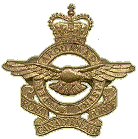AS YOU WERE . . .
WAR YEARS ECLECTICA
2016.01 Edition
JOIN OUR FACEBOOK GROUP HERE
Click for larger images
|
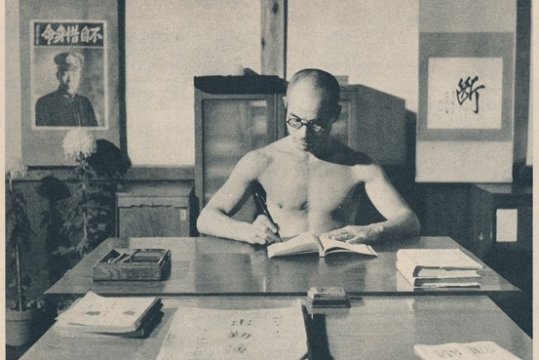
The Asahi Shimbun A Japanese school principal is shown at his desk in this 1943 photo. Students and teachers sometimes went without clothes to toughen their bodies. |
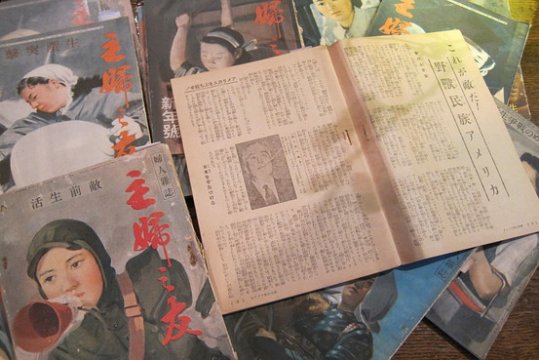
Mari Iwata/The Wall Street Journal Materials from the World War II era collected by author Tadanori Hayakawa. |
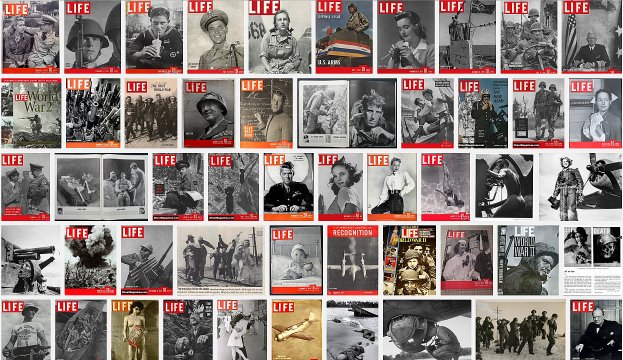
Click for full-size image
Collage of LIFE Magazine Covers from the WWII era
![]()
|
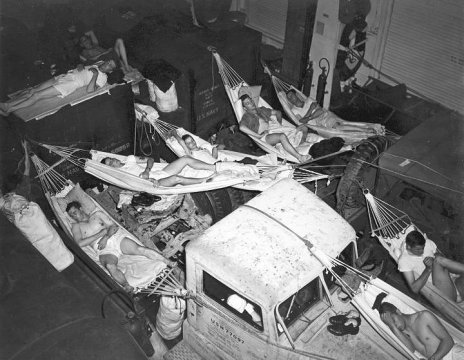 |
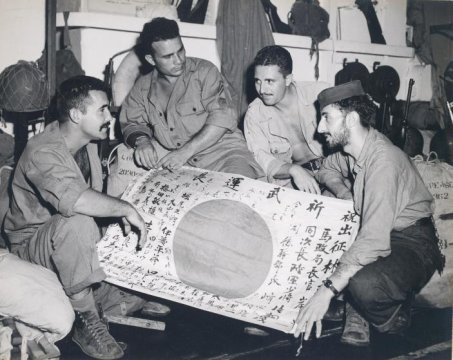 |
| Personnel sling hammocks where available during transport back to the States on board Intrepid (CV 11) as part of Operation Magic Carpet. This image is part of a photograph album detailing the wartime service of the carrier Intrepid (CV 11) in the Pacific during World War II. | Marines show a sailor a captured Japanese flag while en route home to the States as part of Operation Magic Carpet. This image is part of a photograph album detailing the wartime service of the carrier Intrepid (CV 11) in the Pacific during World War II. |
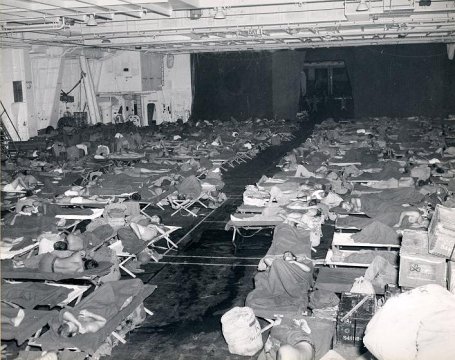 |
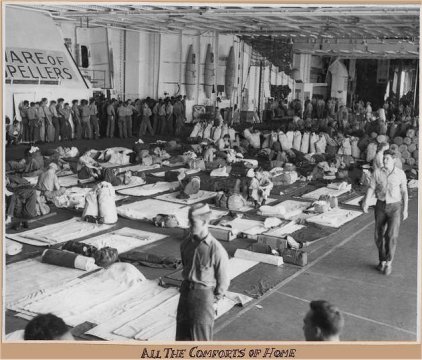 |
| Personnel being transported back to the States on board Intrepid (CV 11) during Operation Magic Carpet. This image is part of a photograph album detailing the wartime service of the carrier Intrepid (CV 11) in the Pacific during World War II. | Troops heading back to the States as part of Operation Magic Carpet crowd the hangar deck of Wasp (CV 18). This image is part of a photograph album that was acquired by RADM Joseph C. Clifton during his service as Executive Officer of Wasp (CV 18) during World War II. |
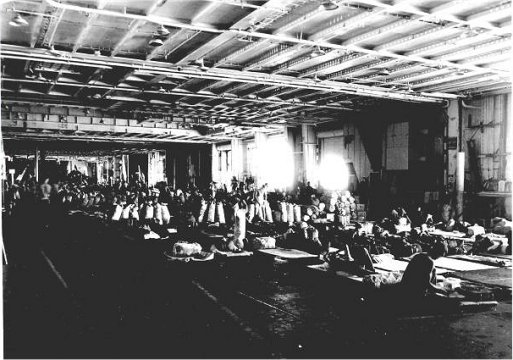 |
|
Troops heading back to the States as part of Operation Magic Carpet crowd the hangar deck of Wasp (CV 18). This image is part of a photograph album that was acquired by RADM Joseph C. Clifton during his service as Executive Officer of Wasp (CV 18) during World War II. |
![]()
BACK TO OUR MONTHLY MILITARY WEBZINE
CONTENTS PAGE
As
You Were . . .
![]()
|
As You Were . . . Tribute Webzines |
Hillman WWII Tributes www.hillmanweb.com/war |
www.hillmanweb.com/rcaf RCN HMCS PRINCE ROBERT www.hillmanweb.com/rcn |
Ex-Air Gunners Association Magazines |
 .
.